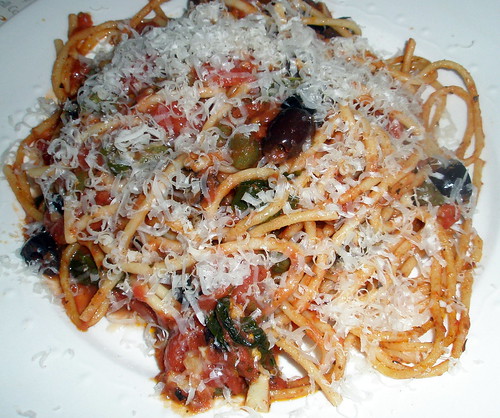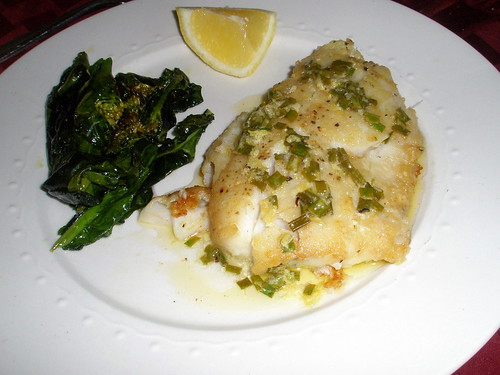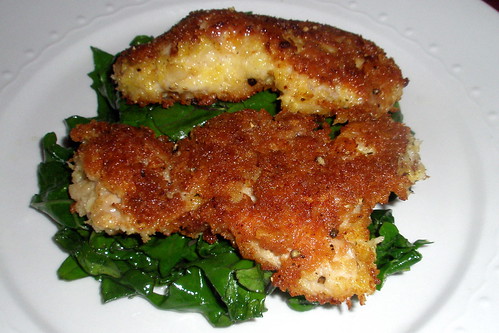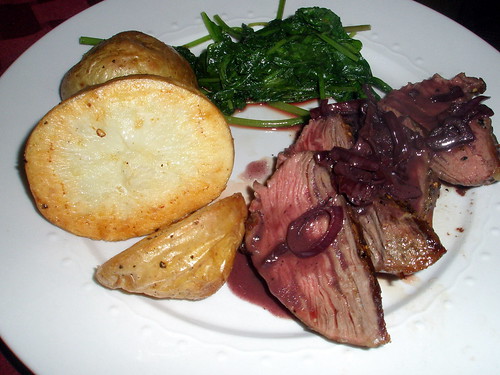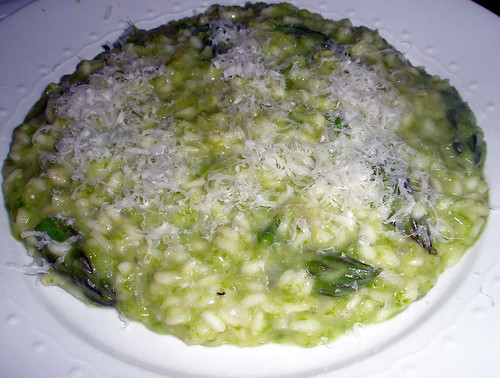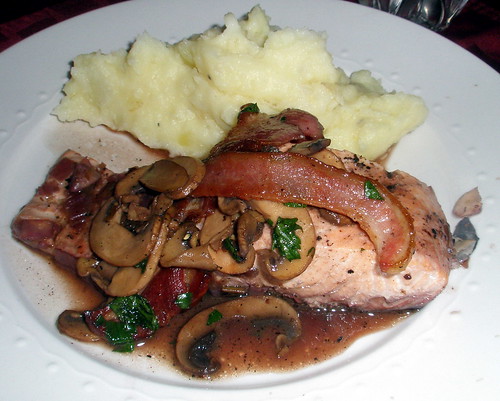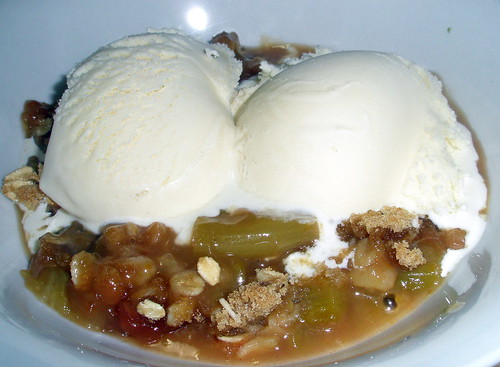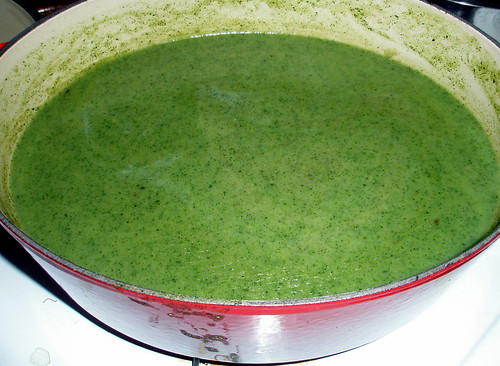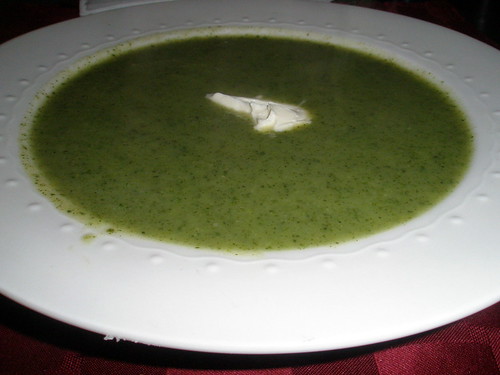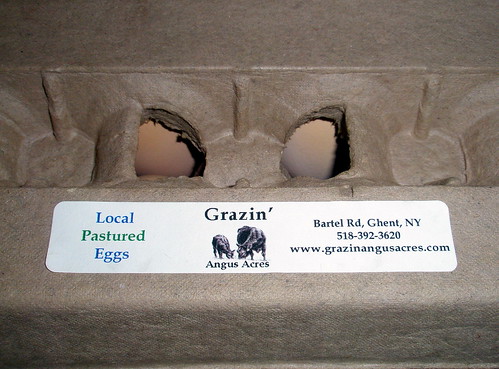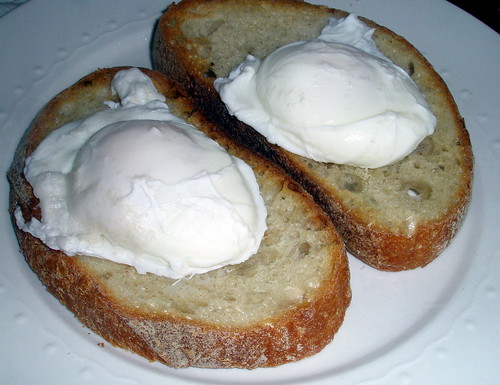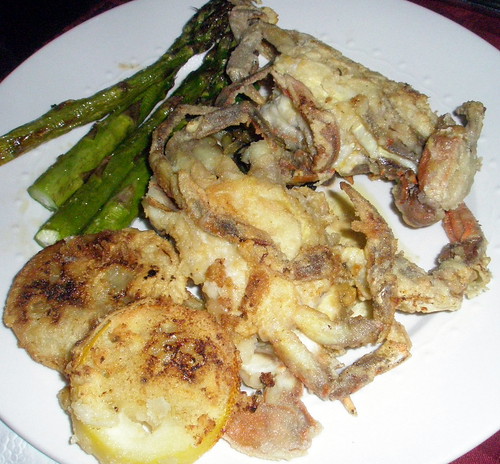As a twenty-something living in Manhattan for over three years, I was probably just about the only person in my demographic who had never been to 'inoteca. It was not for lack of interest; the never-ending crowds at the restaurant's Rivington Street outpost had me convinced that 'inoteca's wine list and Italian small plates menu were not to be missed. However, despite it being on my restaurant radar for years, I never made it to 'inoteca, as making the long trek to the Lower East Side just to grab a panino and a Sangiovese never seemed worth it to me (but going to Chinatown for a banh mi and some water, on the other hand...). So when the owners of 'inoteca converted their short-lived high-end Italian restaurant in Gramercy, Bar Milano, to the much-better-suited-for-the-times 'inoteca, I finally had my reason to give 'inoteca a try.
The evening that my significant eater and I went to 'inoteca was particularly good weather, so we sat outside on the sidewalk seating along 24th Street. I did not have much time inside the restaurant, but it is fairly large, and the ambiance seems similar to that of the its Lower East Side sibling. The outdoor seating, while noisy with Third Avenue traffic, is on a great street corner for people watching; we ran into two separate friends walking down the street during my two hour dinner.
While Italian small plates restaurants have become nearly as ubiquitous in New York as high-end Italian restaurants, 'inoteca, vino, cucina e liquori bar, as the Gramercy outpost is formally named, has a menu that strays from the cured meats, bruschetta, cheese, and esoteric Italian varietals formula of other restaurants in the same genre. In addition to those standards, the liquori bar offers an extensive cocktail list, a holdover from the Bar Milano menu. I have heard that the cocktails are well-made. However, I am not much of a cocktail drinker, so I stuck to the well-priced and well-chosen wine list, ordering Lachryma Christi ("tears of Christ") del Vesuvio White from Mastroberardino, one of the top producers from the Campania region. I thoroughly enjoyed this tart wine with a beautiful golden hue and will seek it out for home consumption.
The food menu from 'inoteca also goes beyond the standard Italian small plates menu. While the menu offers the same panini, fritto, and larger plates as the Rivington Street outpost, it also contains a number of pastas and several spiedini (skewered meats). Somewhat overwhelmed by the choices, my SE and I chose selections from three areas of the menu: calamari-shaped pasta with mussels in a tomato and saffron broth; a panino with spinach, fontina, mushrooms, and truffle oil; and chickpea fritters with cheese (fontina?) and mint. All were delicious, going above and beyond our expectations with nuanced flavors and textures in each dish: the mint in the fritters, the meaty mushrooms in the panino, and the saffron in the mussels. Our favorite plate was the pasta with mussels, which proved to be the perfect meal for sitting outside on a warm spring day. Despite 'inoteca's small plates concept and fairly low priced menu, with the $16 pasta being $5 more expensive than the other dishes we ordered, the portion sizes were quite large, with three being more than enough to feed the two of us. All too often in New York restaurants, a small plate dish consists of two minuscule bite-size portions, so it was nice to eat at a small plates restaurant that does not also offer a small value.
I should note that the service as 'inoteca is also very friendly. Despite the restaurant being very crowded, our sever was patient and helped us navigate the borderline pretentious all-Italian menu (a short and incomplete glossary is provided with the menu). Each of our plates arrived in separate, well-timed intervals.
It took me years to finally make it to 'inoteca, and I went only after a more convenient location to my apartment opened. While the food did not amaze me to the point of questioning why I never ventured to the Lower East Side 'inoteca, it was certainly a good enough value for me to hope to return to the Gramercy location soon.
323 Third Ave. (at 24th St.)
New York, NY 10010
212.683.3035
